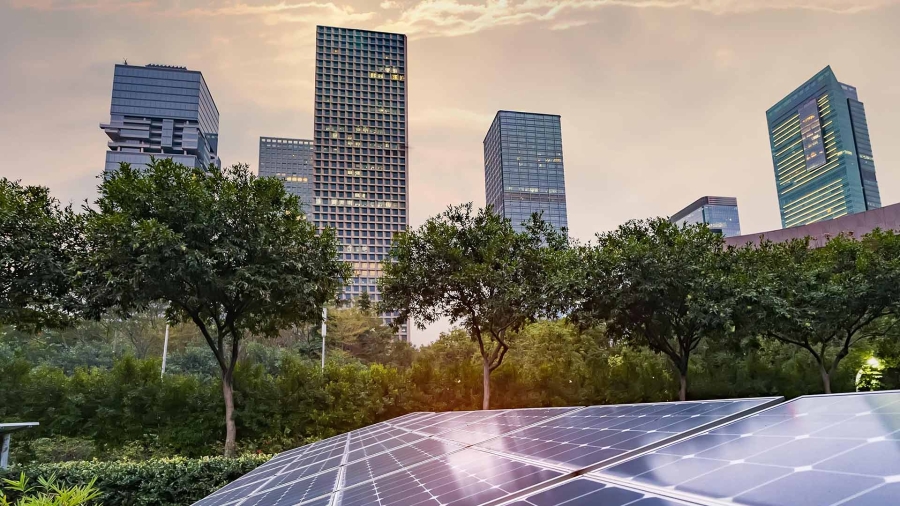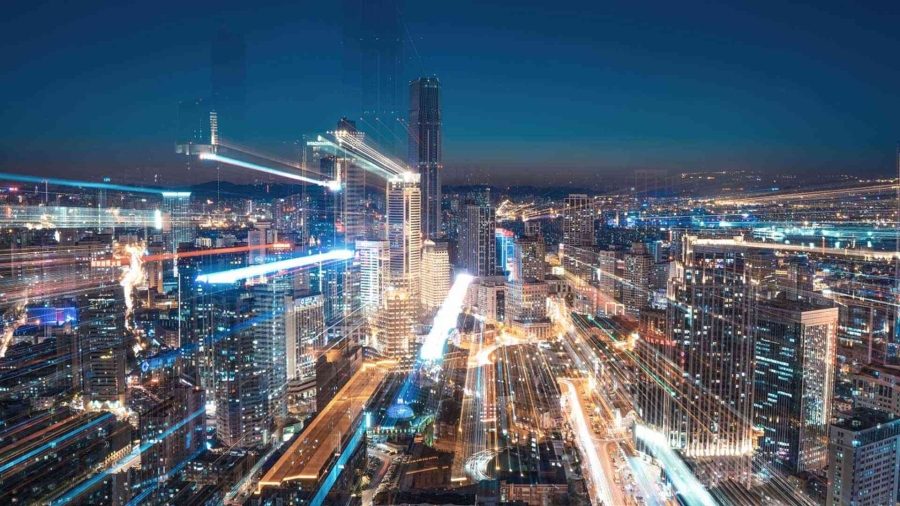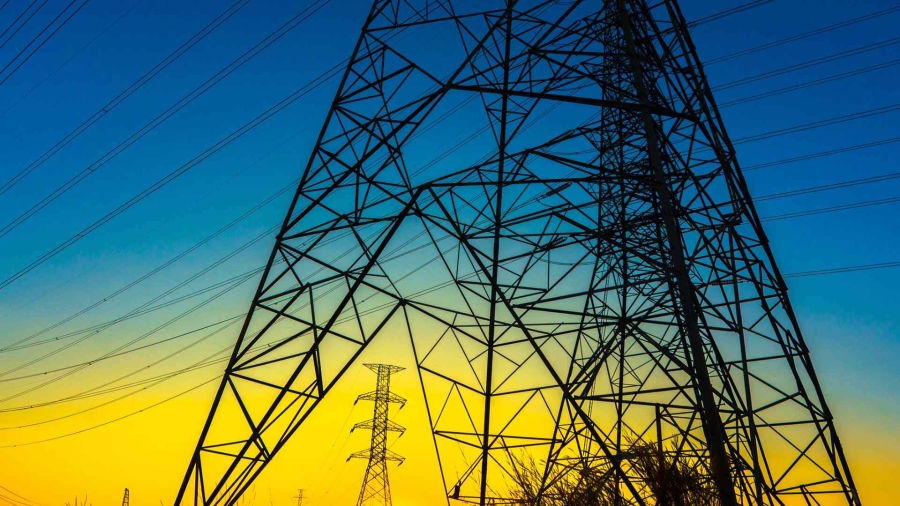This article originally appeared on the World Economic Forum website, The Agenda.
The economic uncertainties, energy price swings and geopolitical tensions of the past two years have been nothing short of head-spinning. So much so that the need for climate and broader sustainability action is coming under scrutiny and some projects and policies – offshore wind projects, automakers' electric vehicle efforts and climate targets – are being re-evaluated.
It’s critical, however, that companies view climate action and decarbonization strategies not as a hindrance to profitability but as an opportunity. McKinsey research shows that integrating strong environmental, social, and governance (ESG) principles into growth strategies leads to outperformance in terms of growth, profitability and shareholder returns. Done right, a greater focus on ESG can become a catalyst for innovation, greater efficiency, lower costs and business growth. It’s an opportunity to tap into new markets, attract conscientious consumers and strengthen long-term resilience.
Schneider Electric exemplifies this shift. By embedding ESG considerations into everything we do and setting ambitious sustainability commitments, we’ve delivered a positive long-term impact for the communities in which we operate, while also achieving record revenues. And we extend this approach beyond our own operations by working with customers, partners and others to lower their emissions too.
As we navigate this uncertain terrain, several areas present opportunities for climate action and an improved bottom line.
EU regulatory alignment: the transformative power of the CSRDThe new Corporate Sustainability Reporting Directive (CSRD) in the EU revolutionizes sustainability reporting, requiring EU companies and non-EU entities with significant EU turnovers to report against comprehensive ESG standards. The directive aims to standardize reporting practices, providing clarity and transparency for investors and stakeholders. And, it elevates the importance of non-financial reporting to the same level as financial reporting.
The CSRD can be a catalyst to spur the development of innovative programs, such as Energize, a collaboration between global pharmaceutical companies to engage hundreds of suppliers in the decarbonization of the pharmaceutical value chain. The program leverages the pharmaceutical industry’s scale to drive system-level change.
Overall, the CSRD is a significant step towards greater transparency and sustainability action within the EU, which must be further consolidated through a constant dialogue between the corporate sector and policymakers. Businesses must embrace comprehensive reporting, demonstrate real progress and actively contribute to environmental stewardship and corporate sustainability. The directive's deployment will underscore the significance of energy efficiency as a key lever for businesses to reduce their carbon emissions.
Business stability through the power of energy efficiencyPrioritizing business stability is crucial in the pursuit of sustainability. To meet 2050 targets, we must deploy efficient and clean technologies 3-5 times faster than current plans. Supply-side measures – how energy is generated – are a key part of the equation and the rapid expansion of renewables in recent years is a welcome development.
But, the demand side, how energy is consumed, is at least as important and there are plenty of technologies at our disposal today to get us to far greater efficiency. Take the findings of research we conducted with design firm WSP. This showed that installing digital building and power management solutions in existing office buildings could reduce their operational carbon emissions by up to 42% with a payback period of less than three years. What’s more, replacing fossil fuel-powered heating technologies with electric-powered alternatives and installing a microgrid with local renewable energy sources, can achieve an additional 28% reduction in operational carbon emissions.
Cost and emissions reductions aside, greater energy efficiency helps insulate organizations from energy price spikes of the kind we’ve seen in Europe and elsewhere. As such, committing to greater energy efficiency is not 'just' an environmental responsibility, but a strategic business and financial imperative.















